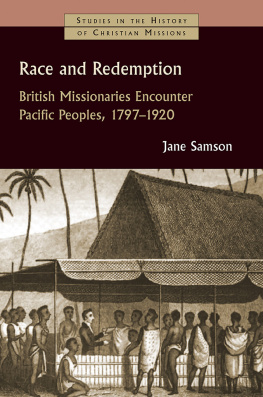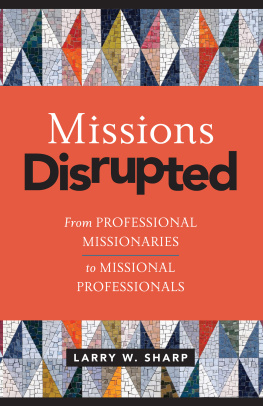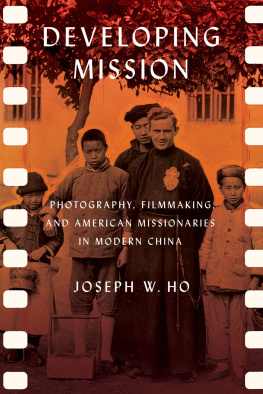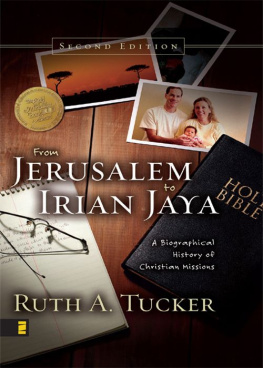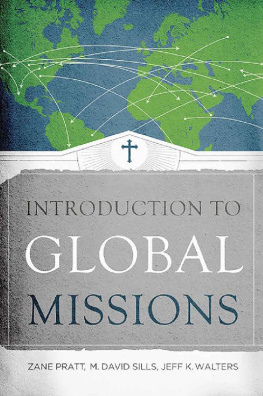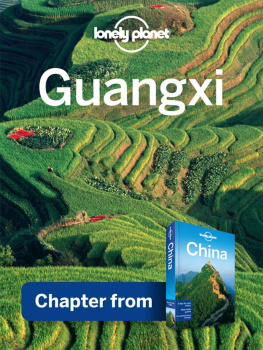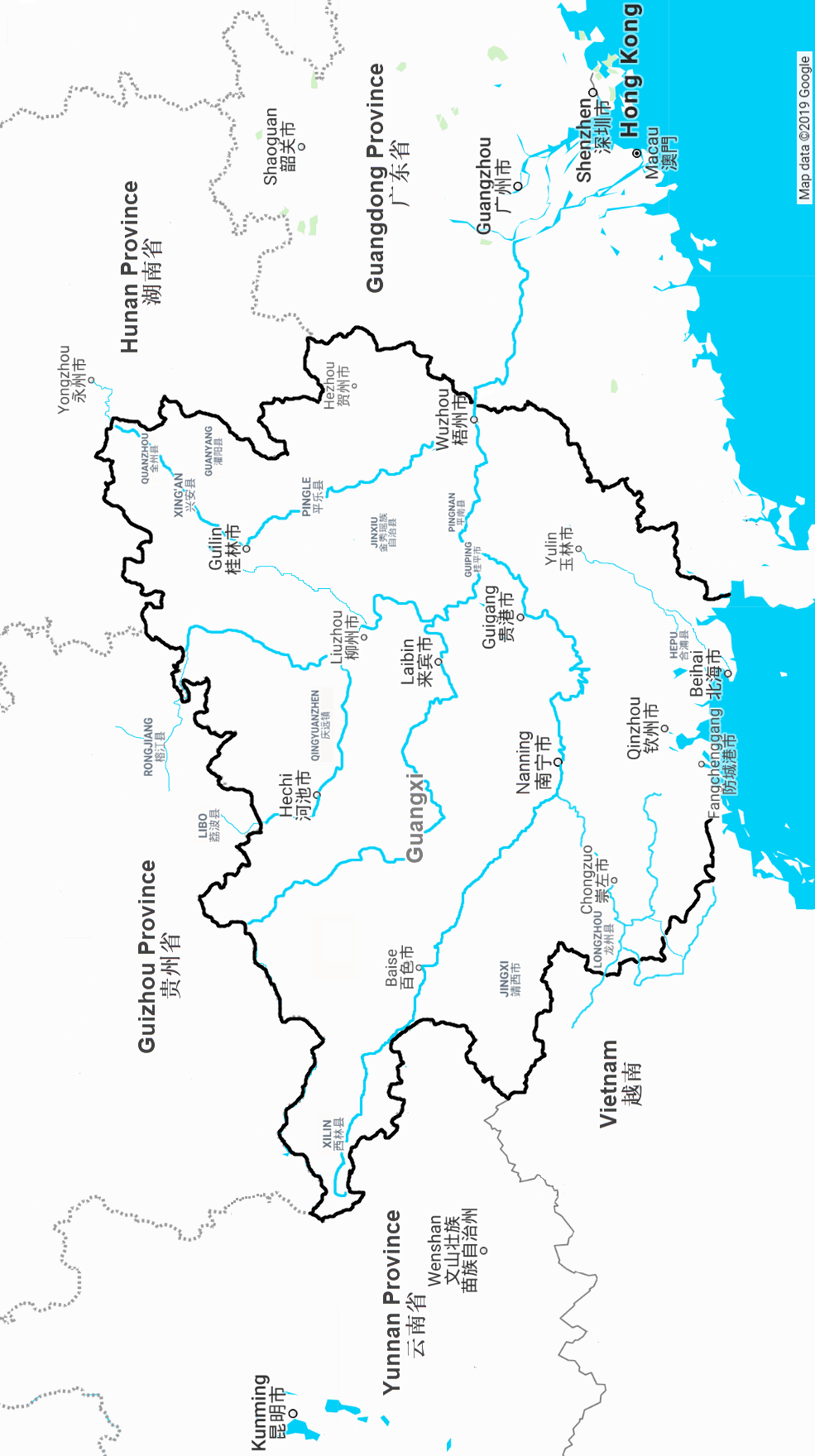The History of Christian Missions in Guangxi, China
Arthur Lin
The History of Christian Missions in Guangxi, China
Copyright 2020 Arthur Lin. All rights reserved. Except for brief quotations in critical publications or reviews, no part of this book may be reproduced in any manner without prior written permission from the publisher. Write: Permissions, Wipf and Stock Publishers, W. th Ave., Suite , Eugene, OR 97401 .
Pickwick Publications
An Imprint of Wipf and Stock Publishers
W. th Ave., Suite
Eugene, OR 97401
www.wipfandstock.com
paperback isbn: 978-1-5326-7769-4
hardcover isbn: 978-1-5326-7770-0
ebook isbn: 978-1-5326-7771-7
Cataloguing-in-Publication data:
Names: Lin, Arthur, author.
Title: The history of Christian missions in Guangxi, China / Arthur Lin.
Description: Eugene, OR: Pickwick Publications 2020. | Studies in Chinese Christianity. | Includes bibliographical references.
Identifiers: isbn 978-1-5326-7769-4 ( paperback ). | isbn 978-1-5326-7770-0 ( hardcover ). | isbn 978-1-5326-7771-7 ( ebook ).
Subjects: LCSH: ChristianityChina. | MissionsChinaHistory. | ChinaChurch historyth century. | ChinaChurch historyth century.
Classification: BV3415.2 L54 2020 ( print ). | BV3415.2 ( ebook ).
Manufactured in the U.S.A. 02/24/20
Preface
T he history of Christian missions in Guangxi is one of people in a historical context unfamiliar to modern readers. In order to get acquainted with these individuals and the period in which they lived, I have used numerous quotations throughout this book. This has the advantage of allowing those of previous generations to speak for themselves; however, frequently interjecting quotations has a tendency to interrupt the flow. For one, the rules of English grammar and word usage have changed over the past century and a half, and unfortunately, such differences are likely to distract some readers. (So dont be surprised when you see words like succor, fastnesses, and tramp [to walk or trek], or when words like City are capitalized in the middle of a sentence.) Second, many of the quotations are from British writers, so youll see spellings like evangelise, colour, unridable, and tyres that differ from the rest of the book, which uses American spelling. Third, the Romanized spelling of Chinese place names was not standardized before the 1950 s. That means that the spelling of places will be different throughout. (As an example, Guangxi could be written Kwangsi, Kwang Si, Kwang-si, Kuangsi, Quang-si, Koung-si, Kouang-Si, Kwong Sai, Kouangsi, and even others.) A fourth problem is that many quotations are from sources that were not carefully edited. They come from newsletters, biographies, autobiographies, reports, surveys, and letters. Occasionally words were misspelled; sometimes the writers got their facts or dates wrong. While these differences and errors are not extensive, I hope that the reader will take the quotations as they are and not miss the forest for the trees. To smooth out some of the rough spots, I have added brackets with my own definitions or standardized place names. Also, while some Catholics prefer the term missioner, I have chosen to use missionary throughout this book unless missioner is found in quotations.
I have sought to make the history of Christian missions in Guangxi as accurate and untarnished as I can. However, I want to remind the reader that writing about history risks over- or underinflating the actual history. The instances of events in the following pages are based on the records and resources available to me. They are a sampling and most likely not the only occurrences of such events. For example, a few boat wrecks are mentioned in the following pages. Other boat wrecks likely occurred but no record survived, or the missionaries did not consider them worthy of recording, or I did not have access to the resource. It is also impossible to know the number of safe boat trips that took place over the many decades which this book covers. I believe it is important to keep these limitations in mind so as to minimize a skewed perspective of this history.
For corrections or feedback, or for additional resources you may have about Christian missions in Guangxi, please contact me at arthurlinbooks@protonmail.com.
Finally, the theologies, methodologies, and strategies of the missionaries and their societies herein are presented as is. They do not necessarily reflect my own.
Arthur Lin
January 2020
Abbreviations
CMA(The) Christian and Missionary Alliance
CMS (The) Church Missionary Society
FMSA (The) Foreign Mission Society of America
SBC (The) Southern Baptist Convention
Guangxithe Land and Its People
Notoriously turbulent, intensely anti-foreign, confused and disordered, insurrection-ridden And yet it was into such a place that missionaries were boldly willing to step in order to take the gospel of Jesus Christ.
Guangxis past is indeed tumultuous. Part of the land of what is today Guangxi came under the jurisdiction of China in the Qin dynasty ( BC). Chinas first emperor, Qin Shi Huang, deployed a large army to the south and conquered much territory in todays southern China. A portion of todays Guangxi became the province of Guilin. Later, during the Han dynasty in BC, a large force was sent to suppress a rebellion in Guangxi. From that day to this, said Marshall Broomhall of the China Inland Mission, Kwangsi [Guangxi] has been in the balance, oscillating between successful and abortive rebellions.
The most famous uprising in China, the Taiping Rebellion ( 1850 1864 ), originated in Guangxi. Its leader, Hong Xiuquan, was from a rural Hakka family in Guangdong. After failing the civil service exams for the fourth time, he experienced visions which he interpreted in light of some Christian tracts he had received. He came to believe that he was the son of God and younger brother of Jesus Christ. The early name of the movement was the Worship God Society.
Shortly after the Taiping army left Guangxi, Wu Lingyun caused another insurrection as he led small rebellions against the Qing Dynasty
While Wu Lingyun was resisting Qing troops, another rebellion was taking place. Members of the Heaven and Earth Society launched the Hong Soldiers Rebellion
Guangxi remained turbulent in the twentieth century. The period from 1916 to 1928 in China is known as the warlord era. In 1920 , Guangxi was engaged in an armed battle with its neighbor to the east, Guangdong. A warlord from Guangxi
From 1930 to 1931 , a conflict between an army in Hunan and Guangxi rebels took place which brought disorder in northeast Guangxi. During that time, Guilin was besieged for three weeks when at least seventy bombs were dropped on the city.
From the 1920 s until Liberation in 1949 , the Communists (Reds) menaced various parts of Guangxi.
From 1937 to 1945 , Guangxi suffered heavily from the air raids and invasion of the Japanese. Other calamitous events of the fifties and sixties such as the Great Leap Forward and the Cultural Revolution brought distress to many of Guangxis people, but they were country-wide rather than Guangxi-specific.
Much of Guangxis history is integrally linked with its geography and demographic makeup. Regarding its size, missionaries compared it to regions in their own frame of referenceSouthern Baptists to Oklahoma,



